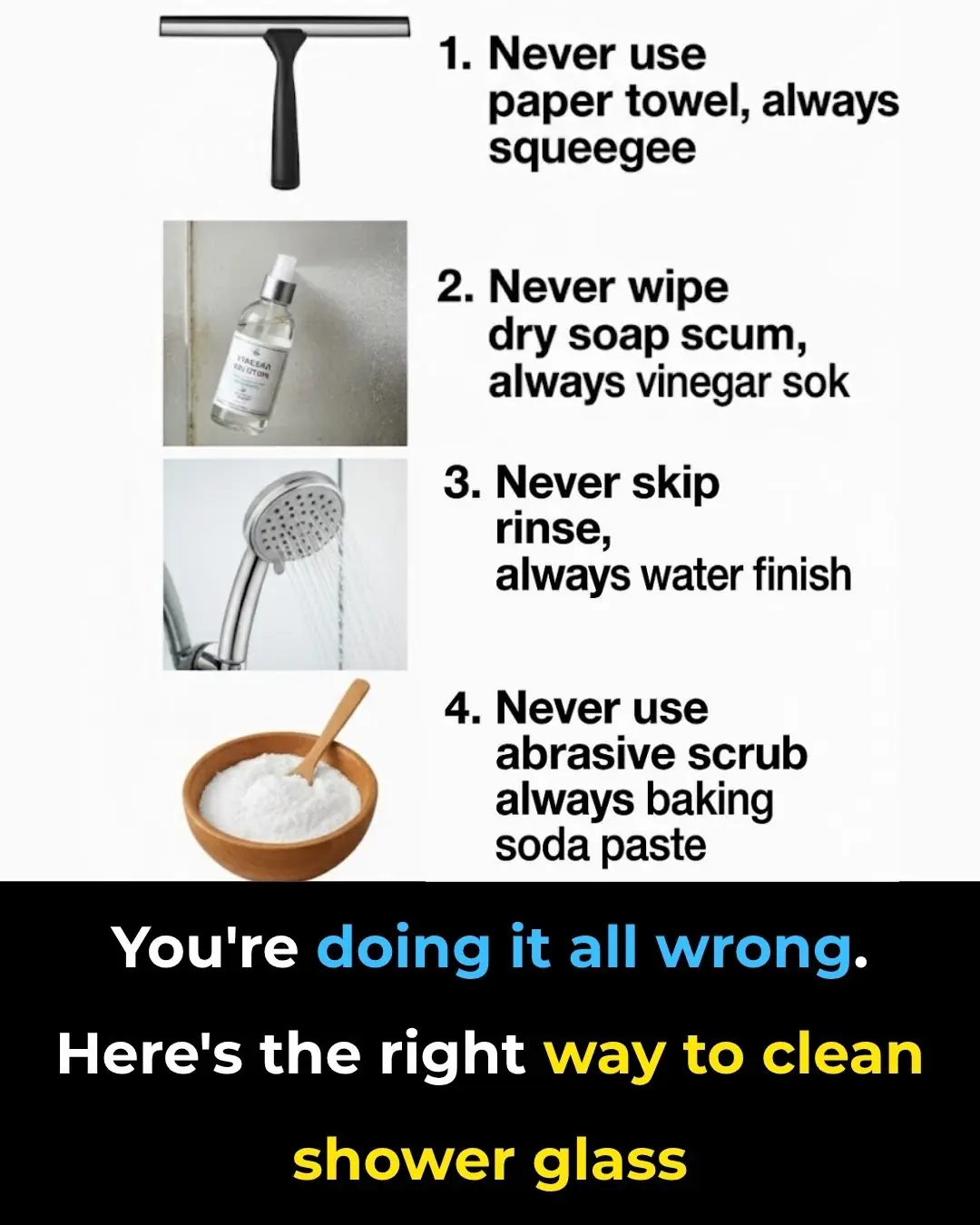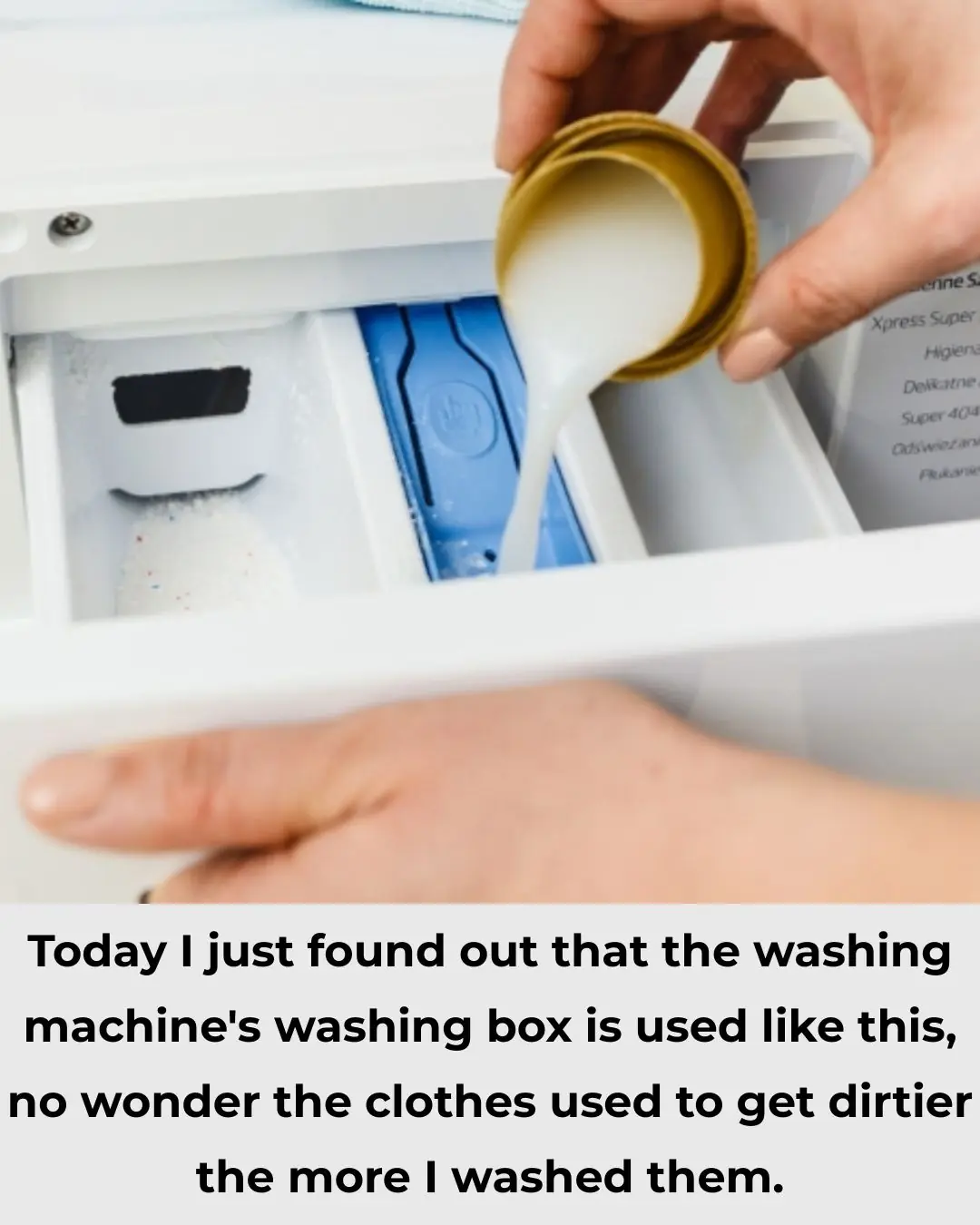
Most Do This Wrong: 10 Everyday Habits That Make Mold Grow Faster
Mold isn’t just an unsightly household problem—it can also pose serious health risks, triggering allergies, respiratory issues, and even long-term illnesses. It thrives in damp, warm environments and can spread rapidly if left unchecked. Many people unknowingly create ideal conditions for mold growth through everyday habits. According to the Centers for Disease Control and Prevention (CDC), indoor mold can grow in as little as 24 to 48 hours when moisture is present (CDC, 2024).
Here are ten common mistakes that make mold grow faster—and how to fix them before they harm your home or health.
1. Shutting Bathroom Doors After a Shower
After a hot shower, the bathroom fills with steam. Shutting the door traps this humidity, creating a perfect breeding ground for mold. The Environmental Protection Agency (EPA) advises keeping doors or windows open and using a fan to help disperse excess moisture (EPA, 2023).
Quick fix: Leave the bathroom door open and use a squeegee on tiles and glass after showering.
2. Turning Off Exhaust Fans Too Soon
Many people turn off their bathroom exhaust fan right after showering. However, the air remains humid for at least 20 minutes. Experts recommend running the fan for 20–30 minutes post-shower to fully remove moisture. Check your fan regularly to ensure it’s clean and functional.
3. Overwatering Houseplants
Plants add life to your home, but overwatering increases indoor humidity and creates mold-prone soil. Better Homes & Gardens suggests using a moisture meter to check soil levels before watering. Allowing the soil to dry between waterings can help prevent both plant rot and mold buildup.
4. Leaving Laundry in the Washing Machine
Leaving damp clothes in the washer can cause mildew and mold within 48 hours. Mold often develops around the rubber seal of front-loading machines. To prevent this, transfer laundry promptly and run an empty hot-water cycle with vinegar once a month to clean the machine (Consumer Reports, 2024).
5. Ignoring Leaky Pipes and Faucets
A small leak can lead to big problems. Even slow drips raise humidity and feed mold spores. According to The New York Times Home section, fixing leaks early can prevent thousands in water damage repairs. Consider using smart water sensors that alert you to leaks under sinks or behind appliances.
6. Poor Ventilation in Basements and Attics
Basements and attics often lack airflow, trapping moisture and heat. Mold thrives in these still, damp environments. Use vents, dehumidifiers, or exhaust fans to maintain air circulation. The American Lung Association recommends keeping humidity below 50% to discourage mold growth (ALA, 2023).
7. Using Carpets in Damp Areas
Carpets in basements or bathrooms absorb and trap moisture, allowing mold to spread underneath. If possible, switch to water-resistant flooring like tile or vinyl. For existing carpets, use a wet-dry vacuum to remove excess moisture immediately after spills or floods.
8. Storing Items in Damp Basements
Basements are ideal mold zones due to high humidity. Cardboard boxes and fabric items are especially vulnerable. Use airtight plastic bins instead, and add silica gel packets or desiccant bags to absorb moisture. Inspect stored items regularly for musty odors or discoloration.
9. Neglecting Refrigerator Drip Pans
Refrigerator drip pans collect condensation, and if left uncleaned, they become a mold hotspot. Good Housekeeping recommends cleaning the pan every 2–3 months and ensuring it stays dry afterward. Check fridge seals and interior walls for early signs of mold.
10. Leaving Spills and Stains Untreated
Mold can start growing on damp fabrics or carpets within a day. Clean spills immediately with detergent and dry the area thoroughly. For stubborn stains, professional steam cleaning ensures all moisture is eliminated before mold can form.
Bonus Tip: Storing Firewood Indoors
Firewood releases moisture as it dries, raising indoor humidity and potentially carrying mold spores. Always store wood outdoors and bring in only small amounts as needed.
Final Thoughts
Preventing mold is all about controlling moisture and improving airflow. A few simple changes—like ventilating better, cleaning regularly, and managing humidity—can protect your home from costly damage and safeguard your family’s health.
(Sources: CDC, EPA, Better Homes & Gardens, Consumer Reports, The New York Times, American Lung Association, Good Housekeeping, 2023–2024.)
News in the same category


Nina Dobrev mocks her split from Shaun White with pointed Halloween costume

Sydney Sweeney Makes Out With Scooter Braun in Central Park

Hugh Jackman was ‘warned’ about ex Deborra-Lee Furness’ major decision post-divorce: report

Coronation Street's Beverley Callard admits daughter no longer visits after paranormal activity

Big Brother's Zelah addresses cheating claims as he admits feeling 'betrayed'

Miss Universe winner, contestants walk out of ceremony over executive’s ‘disrespectful’ comment to beauty queen

Piece by piece, she rebuilt it with her own hands — and turned it into one of the coziest tiny homes you’ll ever see!

Why Some People’s Skin Turns Red When Drinking Alcohol

You’re Doing It All Wrong. Here’s the Right Way to Store Knives

You’re Doing It All Wrong. Here’s the Right Way to Make a Bed

You’re Doing It All Wrong: The Right Way to Clean Shower Glass

Playwright August Wilson Posthumously Honored With Star on Hollywood Walk of Fame

Meet James West, The Black Man Who Invented The Electret Microphone

‘They Described a Man I Never Met’: Comedian Roy Wood Jr. Tells Shannon Sharpe He Learned To Love Watching How His Absent Dad Treated Another Family

This Brewery Is The Only Black-Owned Brewery In New York Brewing Its Beer On-Site

Joseph Deng Makes History as First Player From South Sudan to Sign a Professional MLB Contract

Meet The Specks, the Black Brother-Sister Duo Who Invented the Potato Chip

Meet Mr. & Mrs. Grady, Owners Of North Carolina’s Only Black-Owned Whole Hog Barbecue Smokehouse
News Post

This Homemade Coffee & Turmeric Eye Cream Will Erase Your Dark Circles

How to grow clove plant at home – from seed to spice

7 Benefits Of Papaya Seeds & How To Consume Them Correctly

Chanca Piedra (Stonebreaker): Benefits and Uses

Nerve damage? 6 best oils to help repair your nerves

Red Onion for Hair Growth: How This Overlooked Natural Remedy Can Stop Hair Fall and Boost Thickness Fast

Banana and Coffee: Powerful combination with surprising benefits

1 cup to protect the pancreas (and reduce blood sugar)

Manraj’s Journey: A Brave Little Fighter Who Beat Cancer

The Day Rick Swope Saved Jo-Jo the Chimp: A Heroic Act of Compassion

A Dramatic Rescue: The Courageous Effort to Save a Mother and Calf Elephant in Thailand

The Orange Cat and the Bears: A Friendship You Have to See to Believe

Little-known wonderful uses of baking soda in gardening

Remembering Tim Franklin: A Husband, Father, and Friend Who Loved With His Whole Heart

Abused Genius Turns King: The Lost Experiment That Became Legend of the Jungle

Why You Shouldn’t Wash Rice in the Inner Pot of an Electric Rice Cooker

Turns out I've been using it the wrong way for a long time

Semper Fi Until the End: Honoring Sgt. Kevin Lloyd, a True American Hero

🥚 5 Simple Ways to Tell if Your Eggs Are Fresh or Rotten 🚫
